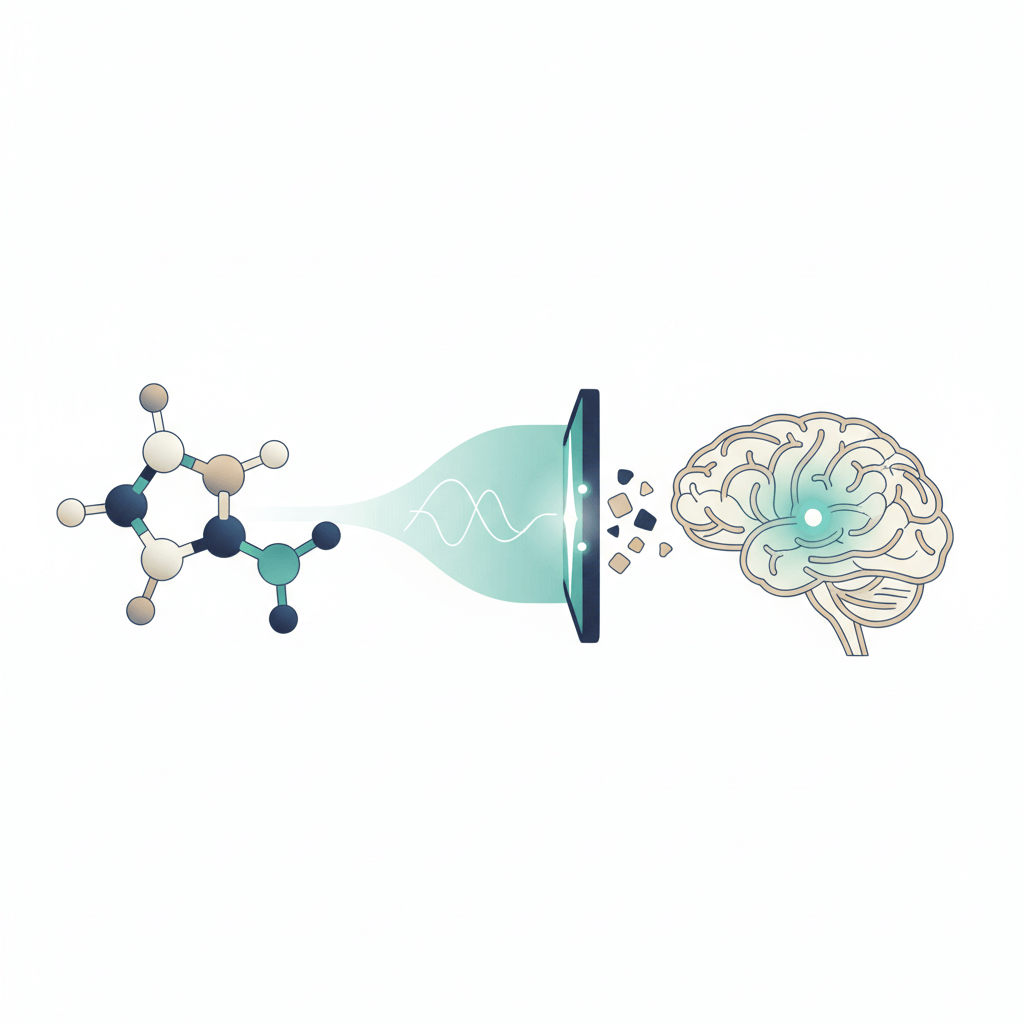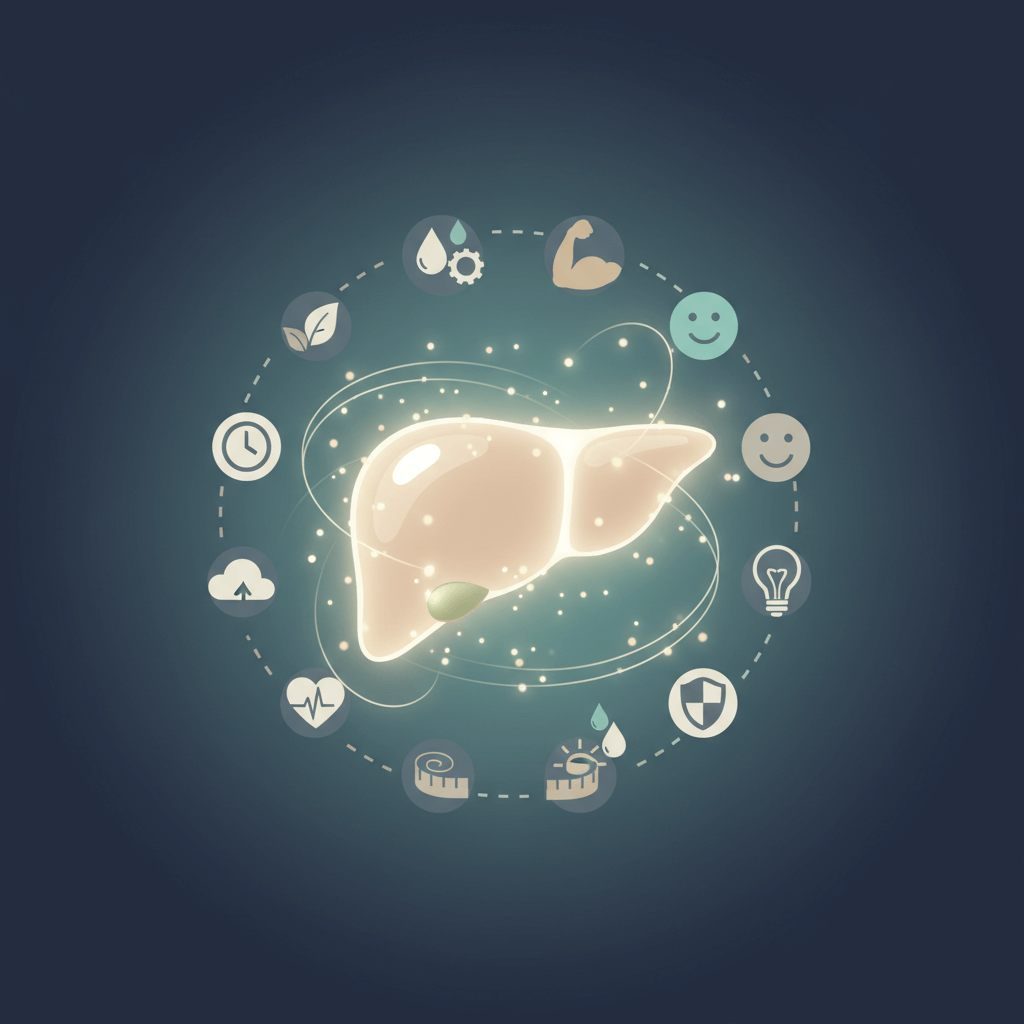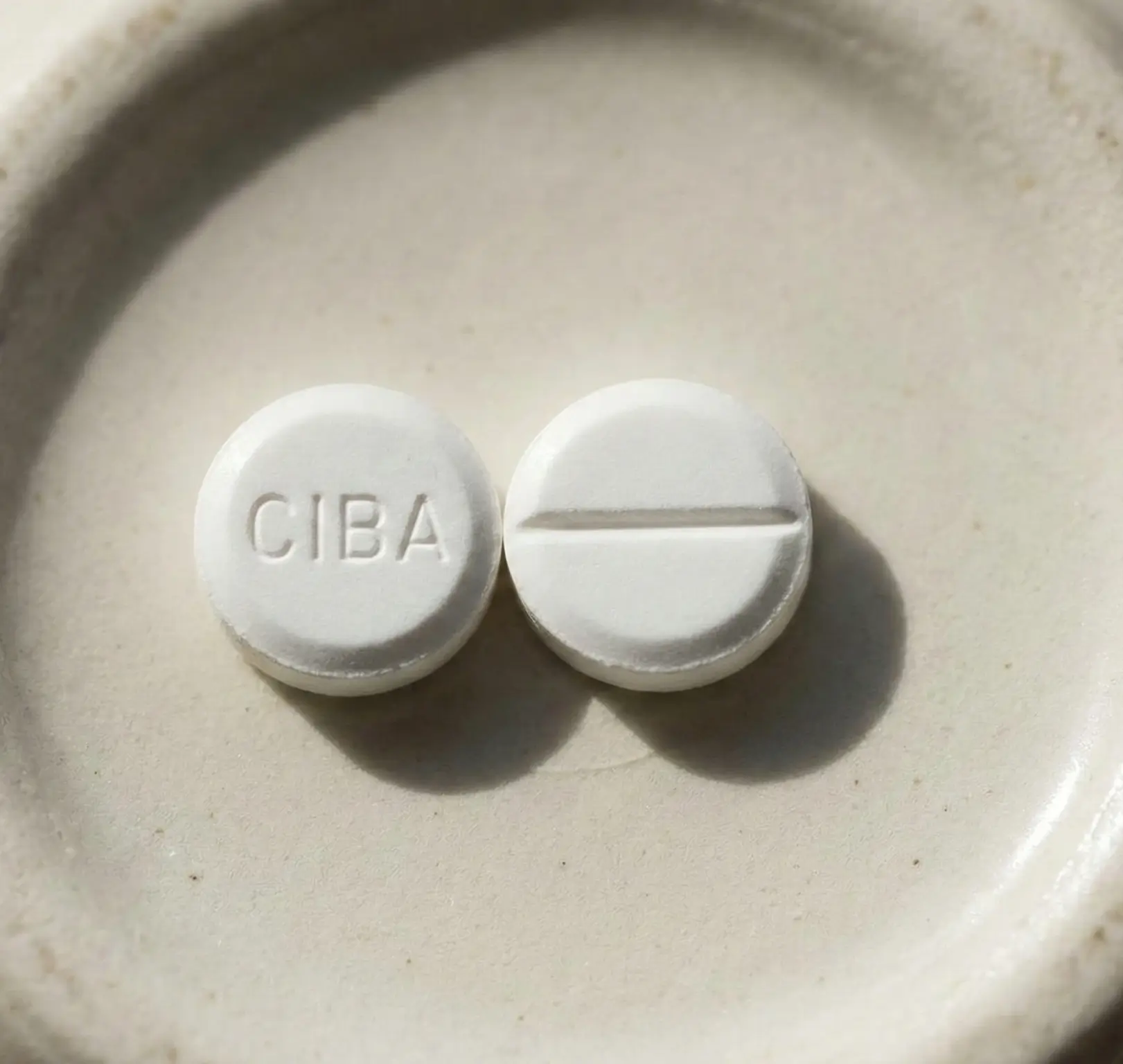Understanding Addiction Recovery
Recovery from addiction is a complex process that involves multiple steps and requires a strong support system. By understanding the process of recovery and the importance of support systems, individuals can embark on a journey towards lasting sobriety.

The Process of Recovery
The process of addiction recovery typically involves several steps, each building upon the previous one. These steps, though not always linear, provide a framework for individuals to navigate their way towards a healthier and drug-free life. The steps may include:
- Acknowledging the Problem: The first step in recovery is acknowledging the presence of a substance abuse issue, both to oneself and, in some cases, to others [1]. This self-awareness sets the foundation for change and opens the door to seeking help.
- Committing to Change: Once the problem is acknowledged, individuals must make a commitment to change their behaviors and lifestyle. This involves making a promise to oneself to seek help, explore treatment options, and fully participate in the recovery process.
- Seeking Help: Seeking professional help is crucial in the recovery journey. It often involves reaching out to therapists, counselors, or medical doctors who can provide guidance, support, and evidence-based treatment options tailored to the individual's needs.
- Exploring Treatment Options: Recovery is not a one-size-fits-all process. Individuals recovering from addiction can explore various treatment options to address their specific needs and challenges. These options may include detox programs, residential treatment, outpatient treatment, and ongoing support groups. The chosen treatment approach should be based on professional recommendations and the individual's unique circumstances.
Importance of Support Systems
Having a strong support system is crucial for successful addiction recovery. Support systems provide emotional encouragement, guidance, and accountability throughout the journey. They can include family, friends, support groups, and healthcare professionals.
Types of Support Systems: Support systems can take different forms, depending on the individual's preferences and needs. They may involve:
- Family and Friends: Loved ones who offer understanding, encouragement, and a non-judgmental environment can play a vital role in the recovery process. Their support can help individuals feel connected, motivated, and less isolated.
- Support Groups: Joining support groups, such as Alcoholics Anonymous (AA) or Narcotics Anonymous (NA), provides individuals with a sense of community and the opportunity to connect with others who have similar experiences. These groups offer a safe space for sharing, learning, and obtaining guidance from others in recovery.
- Therapists and Counselors: Mental health professionals specializing in addiction treatment can provide invaluable support in individual or group therapy settings. They offer evidence-based techniques, coping strategies, and a safe space for individuals to explore their emotions and triggers.
Benefits of Peer Support: Peer support can play a significant role in addiction recovery. Interacting with individuals who have shared similar experiences can provide a sense of belonging, validation, and hope. Peer support can also provide practical advice, relapse prevention techniques, and inspiration for maintaining long-term sobriety.
Understanding the process of addiction recovery and the importance of support systems provides individuals with a roadmap and a network of help. By acknowledging the problem, committing to change, seeking help, and exploring treatment options, individuals can take the first steps towards a healthier and addiction-free life.
Therapies for Addiction Recovery
Addiction recovery often involves a multifaceted approach that includes various therapies to address the complex nature of addiction. Therapies provide individuals with the tools and support they need to overcome addiction and maintain long-term sobriety. Here are some commonly used therapies in addiction recovery:
Cognitive-Behavioral Therapy (CBT)
Cognitive-Behavioral Therapy (CBT) is a widely recognized therapy used in addiction treatment. It helps individuals identify and correct problematic behaviors and thought patterns that contribute to substance abuse. By working with a therapist, individuals learn strategies to modify their beliefs, attitudes, and behaviors related to substance use.
CBT focuses on developing coping skills, improving problem-solving abilities, and fostering resilience. It also helps individuals recognize and challenge negative thought patterns that may lead to relapse. Through CBT, individuals gain a better understanding of the underlying causes of their addiction and develop healthier ways to manage stress and cravings.
Dialectical Behavior Therapy (DBT)
Dialectical Behavior Therapy (DBT) is another effective therapy used in addiction recovery. Originally developed to treat borderline personality disorder, DBT has also shown positive results in helping individuals struggling with addiction. DBT combines elements of cognitive-behavioral therapy with mindfulness techniques.
DBT teaches individuals skills in four main areas: mindfulness, emotional regulation, interpersonal effectiveness, and distress tolerance. By practicing mindfulness, individuals learn to stay present in the moment and manage stressors without turning to substances. They also develop strategies to regulate their emotions, improve communication and relationships, and effectively cope with distressing situations.
Motivational Interviewing (MI)
Motivational Interviewing (MI) is a therapeutic approach that focuses on evoking internal motivation for change in individuals struggling with addiction. MI recognizes that individuals may have ambivalence towards recovery and aims to resolve that ambivalence by helping them explore and strengthen their own motivations for change.
In MI, therapists use empathetic listening, open-ended questions, and reflective statements to encourage individuals to express their concerns and aspirations. By exploring their values and goals, individuals become more motivated to make positive changes in their lives. MI also helps individuals identify and overcome barriers to change, fostering a sense of self-efficacy.
Group Therapy
Group therapy is a valuable component of addiction treatment. It provides individuals with a supportive environment where they can connect with others who have had similar experiences. In group therapy, individuals can share their struggles, successes, and insights, and learn from the experiences of others.
Group therapy offers a sense of belonging and helps individuals develop a support network. It provides opportunities for individuals to practice interpersonal skills, receive feedback, and gain a deeper understanding of themselves and their addiction. Group therapy also encourages accountability and offers a safe space for individuals to explore and process their emotions.
These therapies, including Cognitive-Behavioral Therapy (CBT), Dialectical Behavior Therapy (DBT), Motivational Interviewing (MI), and Group Therapy, are just a few examples of the diverse range of therapeutic approaches that can aid individuals on their journey to recovery. Each therapy has its own unique benefits, and a combination of these therapies may be recommended based on an individual's specific needs and circumstances.
Steps in the Recovery Process
Recovery from addiction is a journey that involves multiple steps and varying levels of treatment. Each step plays a crucial role in helping individuals overcome addiction and achieve long-lasting sobriety. The following are the key steps in the recovery process:
Intervention
Intervention serves as a starting point for individuals struggling with addiction. It involves a structured conversation between the person with the addiction and their loved ones, facilitated by a professional interventionist. The goal is to express concern, offer support, and encourage the individual to seek treatment.
Detoxification
Detoxification, commonly known as detox, is the initial step in the recovery process. It involves the removal of toxic substances from the body under medical supervision. Detoxification helps individuals safely manage withdrawal symptoms and rid their bodies of drugs or alcohol. This step is crucial in preparing individuals for further treatment and therapy.
Residential Treatment
Residential treatment programs provide individuals with a structured environment that allows them to focus solely on their recovery. These programs typically last around 30 to 90 days, offering intensive therapy, counseling, and support. In a residential setting, individuals receive 24/7 care and support from healthcare professionals, creating a safe and supportive space for healing.
Partial Hospitalization
Partial hospitalization programs offer a level of care that falls between residential treatment and outpatient treatment. These programs provide individuals with the opportunity to attend treatment during the day, receiving intensive therapy and support, while returning home or to a supportive living environment in the evening. Partial hospitalization programs allow individuals to gradually transition from a highly structured environment to a more independent one, while still receiving necessary treatment [3].
Intensive Outpatient Treatment
Intensive outpatient treatment programs provide individuals with structured therapy and support while allowing them to maintain their daily routines and responsibilities. These programs typically involve a combination of individual counseling, group therapy, and educational sessions. Intensive outpatient treatment is designed to provide individuals with the flexibility to attend treatment sessions while still fulfilling their personal and professional obligations [3].
Outpatient Treatment
Outpatient treatment programs vary in intensity and duration, offering individuals the opportunity to receive treatment while maintaining their daily routines and responsibilities. Outpatient treatment may involve individual counseling, group therapy, and educational sessions. This step in the recovery process allows individuals to continue their journey towards sobriety while gradually transitioning back into their communities [3].
By progressing through these steps in the recovery process, individuals can address their addiction, receive necessary support and therapy, and work towards achieving long-term sobriety. It's important to remember that recovery is a unique and personal journey, and the specific steps and duration of treatment may vary for each individual.
Relapse Prevention in Recovery
To ensure a successful recovery from addiction, it is crucial to address relapse prevention. Relapse is a gradual process that often occurs in stages, and early recognition of these stages can greatly increase the chances of preventing relapse. In this section, we will discuss recognizing the stages of relapse and explore tools for relapse prevention.
Recognizing the Stages of Relapse
Relapse can be categorized into three stages: emotional relapse, mental relapse, and physical relapse. Each stage is characterized by distinct signs and symptoms that can be recognized early for effective intervention.
- Emotional Relapse: In this stage, individuals may not be actively thinking about using substances, but their emotions and behaviors may contribute to vulnerability. Signs of emotional relapse include:
- Bottling up emotions
- Isolation and withdrawal from support systems
- Poor self-care
- Anxiety, irritability, and mood swings
- Mental Relapse: As emotional relapse progresses, individuals may begin to experience mental cravings and thoughts of using substances. Signs of mental relapse include:
- Romanticizing past substance use
- Associating with old using friends
- Fantasizing about using
- Lying or deceiving others
- Physical Relapse: The final stage of relapse involves the actual use of substances. At this point, the individual may find it challenging to resist the urge to use. Prevention of physical relapse is the primary goal of relapse prevention strategies.
Recognizing the signs and symptoms of each stage of relapse is crucial to intervene early and prevent further progression toward substance use.
Tools for Relapse Prevention
Several tools and strategies can aid individuals in preventing relapse during their recovery journey. Here are a few commonly employed techniques:
- Therapy and Skill Development: Engaging in therapy, such as Cognitive-Behavioral Therapy (CBT), Dialectical Behavior Therapy (DBT), and Motivational Interviewing (MI), can equip individuals with coping strategies, emotional regulation skills, and relapse prevention techniques. These therapeutic modalities help individuals identify triggers, develop healthy coping mechanisms, and address underlying issues that may contribute to relapse.
- Medications: In some cases, medications may be prescribed to assist individuals in managing cravings and reducing the risk of relapse, particularly for opioid addiction. Medication-assisted treatment, when combined with therapy and support, can enhance the chances of long-term recovery.
- Monitoring: Regular monitoring, such as attending support group meetings, seeking accountability from sponsors or trusted individuals, and maintaining regular contact with a therapist or counselor, can play a crucial role in relapse prevention. It provides ongoing support, encouragement, and a sense of community. Additionally, monitoring helps individuals stay mindful of their progress and maintain a focus on their recovery goals.
To enhance the effectiveness of relapse prevention tools, it is essential for individuals to make lifestyle changes, practice self-care, and seek support from their loved ones and support systems. By recognizing the stages of relapse and utilizing appropriate tools, individuals can proactively safeguard their recovery and maintain long-term sobriety.
The Role of Medication in Recovery
Medications for Opioid Addiction
When it comes to addiction recovery, medications can play a crucial role in supporting individuals on their journey to sobriety. Medication-assisted treatment (MAT) is an evidence-based approach that combines the use of medications with counseling and behavioral therapies to treat substance use disorders. MAT has been shown to improve patient outcomes, reduce overdose deaths, and increase retention in treatment.
For individuals struggling with opioid addiction, medication options are available to help manage withdrawal symptoms, reduce cravings, and stabilize their lives. These medications can be used in conjunction with counseling and behavioral therapies to enhance the chances of successful recovery.
Two commonly used medications for opioid addiction are methadone and buprenorphine. Let's explore their benefits and how they contribute to the recovery process.
Methadone
Methadone is a medication that has been widely used for decades in the treatment of opioid addiction. It helps to reduce withdrawal symptoms and cravings, allowing individuals to stabilize their lives and engage in treatment. Methadone is dispensed through specialized clinics and requires regular monitoring and supervision.
By binding to the same receptors in the brain that opioids target, methadone helps to alleviate withdrawal symptoms without producing the intense euphoria associated with opioid abuse. This allows individuals to gradually reduce their dependence on opioids and focus on their recovery journey.
It's important to note that methadone should be taken under the supervision of healthcare professionals and in conjunction with counseling and behavioral therapies. Regular follow-up appointments and medication adjustments may be necessary to ensure optimal outcomes.
Buprenorphine
Buprenorphine is another medication used in the treatment of opioid addiction. It is available in different formulations, including sublingual tablets and long-acting implants [8]. Buprenorphine works by reducing withdrawal symptoms and cravings, allowing individuals to focus on their recovery efforts.
One of the advantages of buprenorphine is that it can be prescribed by qualified healthcare providers in various settings, including primary care offices. This increased accessibility makes it more convenient for individuals seeking treatment for opioid addiction.
Similar to methadone, buprenorphine binds to the opioid receptors in the brain, reducing the effects of withdrawal and cravings. By stabilizing the brain's opioid receptors, buprenorphine helps individuals maintain abstinence from illicit opioids.
It's important to remember that medications like methadone and buprenorphine should be used as part of a comprehensive treatment plan that includes counseling, behavioral therapies, and support systems. These medications, when combined with psychosocial interventions, have been shown to significantly improve treatment outcomes for individuals with opioid addiction.
By incorporating medications into addiction recovery programs, individuals have a higher chance of overcoming the challenges associated with withdrawal and cravings. The use of medications like methadone and buprenorphine, in combination with counseling and behavioral therapies, can provide the necessary support for individuals on their path to recovery.
Addressing Physical Health in Recovery
When it comes to addiction recovery, addressing the physical health of individuals is a crucial aspect of the process. Substance abuse can have detrimental effects on various aspects of physical health, including cardiovascular health, respiratory function, liver and kidney function, gastrointestinal health, and brain function.
Effects of Substance Abuse on Physical Health
Substance abuse can lead to a range of physical health problems, as highlighted by MPMA Colorado. Here are some of the effects of substance abuse on different areas of physical health:
Physical Health Area and Effects of Substance Abuse
Cardiovascular Health: Substance abuse, particularly with drugs like cocaine, can significantly impact cardiovascular health. Cocaine is known as "the perfect heart attack drug" due to its ability to elevate heart rate and blood pressure rapidly, increasing the risk of heart attack, even with the first dose. It can also disrupt the heart's electrical signals, leading to heart issues such as myocardial infarction and stroke.
Respiratory Function: Smoking substances like cigarettes, cigars, marijuana, or crack cocaine can cause respiratory problems such as emphysema, chronic bronchitis, and lung cancer. Additionally, injecting drugs can increase the risk of respiratory infections and diseases.
Liver and Kidney Function: Different substances can have varying impacts on the liver and kidney. Alcohol is a primary cause of liver damage, while substances like heroin, steroids, synthetic cannabis, and nicotine can lead to kidney damage through severe dehydration and other effects.
Gastrointestinal Health: Substance abuse can negatively impact the gastrointestinal system, causing symptoms such as nausea, vomiting, diarrhea, and constipation. Prolonged abuse can result in conditions such as gastric ulcers, severe acid reflux, gastrointestinal bleeding, and esophageal cancer.
Brain Function: Substance abuse can lead to brain abnormalities and impair cognitive function. The specific effects depend on the substance abused and can include memory problems, decreased cognitive abilities, and impaired decision-making skills.
Understanding the effects of substance abuse on physical health is crucial in addiction recovery. By addressing these physical health concerns, individuals can work towards restoring their overall well-being and reducing the risks associated with substance abuse. It is essential for individuals in recovery to seek professional medical guidance and support to address and manage these physical health issues effectively.
The Importance of Support Systems
In the journey of addiction recovery, having a strong support system can be crucial for success. Support systems can manifest through various means, such as family, friends, counselors, or support groups like Alcoholics Anonymous (AA). These systems offer different perspectives and types of assistance that aid in the recovery journey [9].
Types of Support Systems
Support systems in addiction recovery can take different forms, each providing unique benefits. Here are some common types of support systems:
- Family and Friends: The support of loved ones can be invaluable during the recovery process. Family and friends can offer emotional support, encouragement, and understanding. They can also provide a stable and nurturing environment that promotes sobriety.
- Counselors and Therapists: Professional counselors and therapists play a vital role in addiction recovery. They provide guidance, expertise, and evidence-based therapies that help individuals navigate the challenges of recovery. Counseling sessions can address underlying issues, develop coping strategies, and provide tools for relapse prevention.
- Support Groups: Support groups like Alcoholics Anonymous (AA) provide an environment where individuals facing similar challenges can come together to share experiences, offer empathy, and motivate each other towards sobriety. These groups often follow a 12-step program and provide ongoing support and accountability.
- Sober Living Communities: Sober living communities offer a supportive and structured living environment for individuals in recovery. These communities provide a safe space where individuals can develop new habits, establish healthy routines, and build a network of peers who understand the challenges of addiction recovery.
Benefits of Peer Support
Peer support is a fundamental aspect of many addiction recovery programs. Connecting with individuals who have gone through similar experiences can have numerous benefits, including:
- Empathy and Understanding: Peers who have experienced addiction firsthand can offer empathy and understanding in a way that others may not fully grasp. They can relate to the struggles, emotions, and triumphs of the recovery journey, providing a sense of validation and support.
- Motivation and Inspiration: Seeing others who have successfully overcome addiction can serve as a powerful source of motivation and inspiration. Peers can share their stories of recovery, demonstrating that long-term sobriety is possible and encouraging individuals to persevere through challenges.
- Accountability and Camaraderie: Peer support fosters a sense of accountability and camaraderie. Being surrounded by individuals who share the same goal of sobriety can help individuals stay committed, remain focused on their recovery, and avoid isolation.
- Shared Resources and Coping Strategies: Peer support groups provide a space for individuals to share resources, coping strategies, and tips for navigating specific challenges. This exchange of knowledge and experiences can enhance an individual's recovery toolkit and empower them with additional tools for success.
By building a strong support system, individuals in addiction recovery can find stability, guidance, and resources for coping with triggers, stress, and relapse prevention. These systems serve as a safety net during challenging times, reducing the likelihood of setbacks or isolation in the recovery journey. The combination of professional support, peer connections, and the love and understanding of family and friends can contribute significantly to an individual's overall well-being and long-term sobriety.
Steps to Recovery
Recovery from addiction is a complex journey that involves several important steps. These steps are essential in helping individuals overcome their substance abuse issues and achieve long-term sobriety. The following are key steps to consider in the recovery process:
Acknowledging the Problem
The first step in the recovery process is acknowledging the problem. This involves admitting to oneself and sometimes to others that a substance abuse issue exists. Facing the reality of addiction can be challenging, but it is a crucial step towards initiating positive change [1]. By recognizing the impact of addiction on one's life, individuals can begin to take control and seek the help they need.
Committing to Change
Committing to change is a pivotal step in the recovery process. It involves making a promise to oneself to seek help, explore treatment options, and actively participate in the recovery journey. This commitment requires dedication, perseverance, and a willingness to embrace a new way of life free from substance abuse. By fully committing to change, individuals set themselves up for success in their recovery journey.
Seeking Help
Seeking help is an essential step in the recovery process. It often involves reaching out to professionals such as therapists, counselors, or medical doctors who can provide guidance, support, and evidence-based treatments. Seeking professional help allows individuals to gain a deeper understanding of their addiction, develop coping strategies, and receive the necessary tools to navigate the challenges of recovery [1].
Exploring Treatment Options
In addition to seeking professional help, exploring treatment options is crucial in the recovery process. Treatment programs can vary in intensity and duration, catering to the unique needs and circumstances of individuals. Some common treatment options include:
Treatment Option and Description
Detoxification: The initial step in the recovery process, where individuals undergo the removal of toxic substances from their bodies under medical supervision. (Gateway Foundation)
Residential Treatment: Programs that provide individuals with a structured environment, typically lasting around 30 to 90 days, allowing them to focus on their recovery. (Gateway Foundation)
Partial Hospitalization: Programs that offer individuals the opportunity to attend treatment during the day while returning home or to a supportive living environment in the evening. (Gateway Foundation)
Intensive Outpatient TreatmentPrograms that provide individuals with a higher level of care than traditional outpatient treatment, offering more frequent sessions and structured support. (Gateway Foundation)
Outpatient Treatment: Programs that allow individuals to receive treatment while maintaining their daily routines and responsibilities. The intensity and duration of outpatient treatment programs can vary based on individual needs. (Gateway Foundation)
By exploring these treatment options, individuals can find the program that aligns with their specific needs, preferences, and goals. Treatment provides the necessary tools and support to address addiction effectively and build a strong foundation for lasting recovery.
Recovery from addiction is a personal and transformative journey. These steps - acknowledging the problem, committing to change, seeking help, and exploring treatment options - provide individuals with a roadmap to navigate the challenges and achieve a life of sobriety. It's important to remember that recovery is possible, and with the right support and determination, individuals can overcome addiction and thrive in their new sober lives.
References
[1]: https://americanaddictioncenters.org/adult-addiction-treatment-programs/signs
[2]: https://eudaimoniahomes.com/10-therapies-used-in-addiction-treatment/
[3]: https://www.gatewayfoundation.org/about-gateway-foundation/faqs/effects-of-drug-abuse/
[4]: https://www.ncbi.nlm.nih.gov/pmc/articles/PMC4553654/
[5]: https://www.ncbi.nlm.nih.gov/books/NBK551500/
[6]: https://www.samhsa.gov/medication-assisted-treatment
[7]: https://www.samhsa.gov/medication-assisted-treatment/treatment/methadone
[8]: https://www.samhsa.gov/medication-assisted-treatment/treatment/buprenorphine
[9]: https://lantanarecovery.com/the-importance-of-support-systems-in-addiction-recovery/













